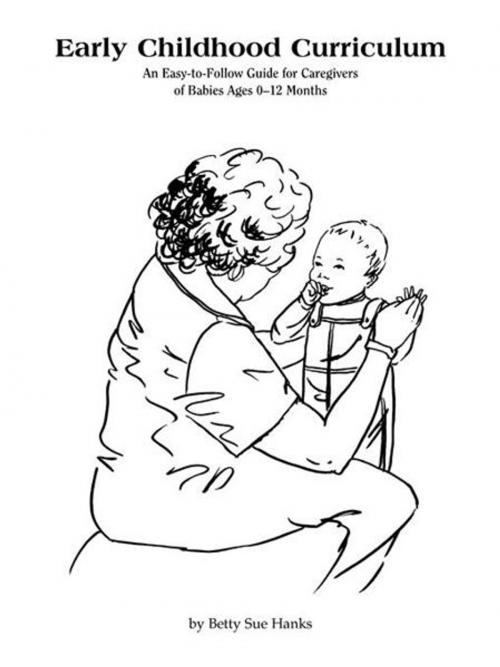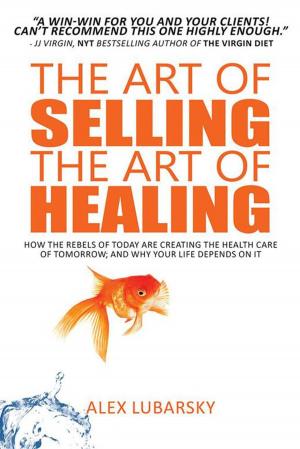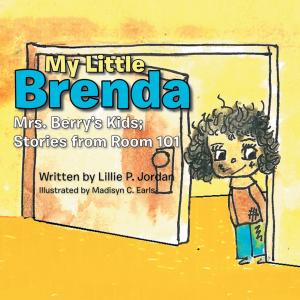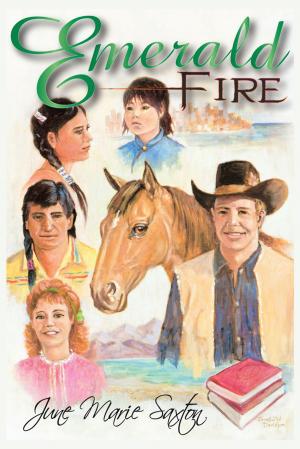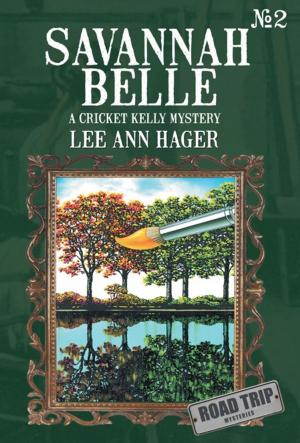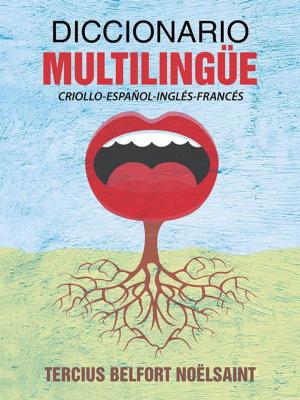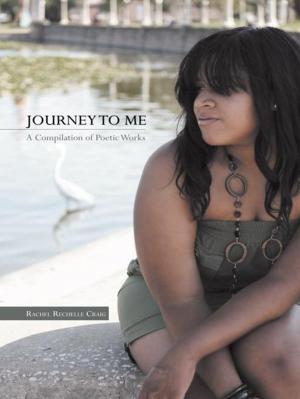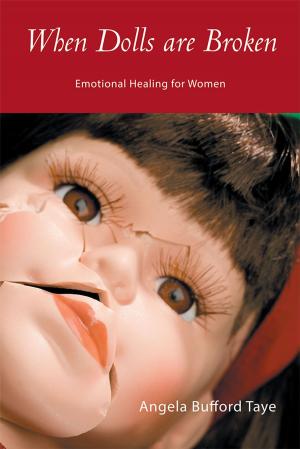Early Childhood Curriculum
Infant Curriculum
Nonfiction, Family & Relationships, Parenting, Reference & Language, Education & Teaching| Author: | Betty Sue Hanks | ISBN: | 9781452064789 |
| Publisher: | AuthorHouse | Publication: | December 28, 2011 |
| Imprint: | AuthorHouse | Language: | English |
| Author: | Betty Sue Hanks |
| ISBN: | 9781452064789 |
| Publisher: | AuthorHouse |
| Publication: | December 28, 2011 |
| Imprint: | AuthorHouse |
| Language: | English |
Early Childhood Curriculum 5
Early Childhood Curriculum
The Early Childhood Curriculum book consists of sequential developmental skills
and activities. Each age group (0-6 months) and (6-12 months) contains a theme
with different activities for the infant, and the units follow these themes. This
curriculum is arranged and organized to ensure that cognitive, physical,
emotional, language and social areas are addressed. Activities are
developmentally appropriate, so that the children can receive the best possible
stimulation. This book contains lessons, ideas, and activities that any person
would be able to use. People, including parents, presenters, school administrators,
graduate students, staff members in childcare laboratories, and early childhood
teachers, are all individuals that could benefit from using this curriculum.
This curriculum contains units and ideas that are simple and easy to
understand, so that readers, parents and teachers, can use it on a daily basis, both
in the classroom and at home. It is functional and pleasing to the eye, and it
covers quality, not just quantity. This curriculum is also unique because it is user
friendly. The simplicity is convenient for our readers' and professionals' busy
schedules. Parents and professionals rarely have the time or luxury of
uninterrupted periods to sit, read, and search through and pull out the
information that is needed. This simplified version gives them that opportunity.
The latest research shows that between birth to three years of age is the time
when a child's mental capacity is the greatest. Research illustrates that if positive
and appropriate stimulation of a child's mind is provided, the child will become a
better-rounded individual. Recent research also supports the link between
literacy and school success; literacy refers to reading and writing skills, and
building oral language skills, such as listening and speaking. Childcare providers
can foster the development of literacy in children. Strategies used to develop
reading and writing include: listening to stories, reading stories, talking and
listening to children, playing sound games, saying nursery rhymes, singing songs,
singing and saying words that rhyme, using phonetic sounds, exploring rhythms,
scribbling, and verbally labeling objects and events. Caregivers and parents can
use seasonal songs, rhymes and stories throughout the year. Also, choose and use
age appropriate toys, songs, rhymes, and books that go along with the themes and
units in the curriculum. The appropriate books to use with infants are board
books and plastic books with real photos that can be seen easily.
Coming Fall 2003: "The Early Childhood Curriculum Resource Book by Betty Hanks.
Early Childhood Curriculum 5
Early Childhood Curriculum
The Early Childhood Curriculum book consists of sequential developmental skills
and activities. Each age group (0-6 months) and (6-12 months) contains a theme
with different activities for the infant, and the units follow these themes. This
curriculum is arranged and organized to ensure that cognitive, physical,
emotional, language and social areas are addressed. Activities are
developmentally appropriate, so that the children can receive the best possible
stimulation. This book contains lessons, ideas, and activities that any person
would be able to use. People, including parents, presenters, school administrators,
graduate students, staff members in childcare laboratories, and early childhood
teachers, are all individuals that could benefit from using this curriculum.
This curriculum contains units and ideas that are simple and easy to
understand, so that readers, parents and teachers, can use it on a daily basis, both
in the classroom and at home. It is functional and pleasing to the eye, and it
covers quality, not just quantity. This curriculum is also unique because it is user
friendly. The simplicity is convenient for our readers' and professionals' busy
schedules. Parents and professionals rarely have the time or luxury of
uninterrupted periods to sit, read, and search through and pull out the
information that is needed. This simplified version gives them that opportunity.
The latest research shows that between birth to three years of age is the time
when a child's mental capacity is the greatest. Research illustrates that if positive
and appropriate stimulation of a child's mind is provided, the child will become a
better-rounded individual. Recent research also supports the link between
literacy and school success; literacy refers to reading and writing skills, and
building oral language skills, such as listening and speaking. Childcare providers
can foster the development of literacy in children. Strategies used to develop
reading and writing include: listening to stories, reading stories, talking and
listening to children, playing sound games, saying nursery rhymes, singing songs,
singing and saying words that rhyme, using phonetic sounds, exploring rhythms,
scribbling, and verbally labeling objects and events. Caregivers and parents can
use seasonal songs, rhymes and stories throughout the year. Also, choose and use
age appropriate toys, songs, rhymes, and books that go along with the themes and
units in the curriculum. The appropriate books to use with infants are board
books and plastic books with real photos that can be seen easily.
Coming Fall 2003: "The Early Childhood Curriculum Resource Book by Betty Hanks.
